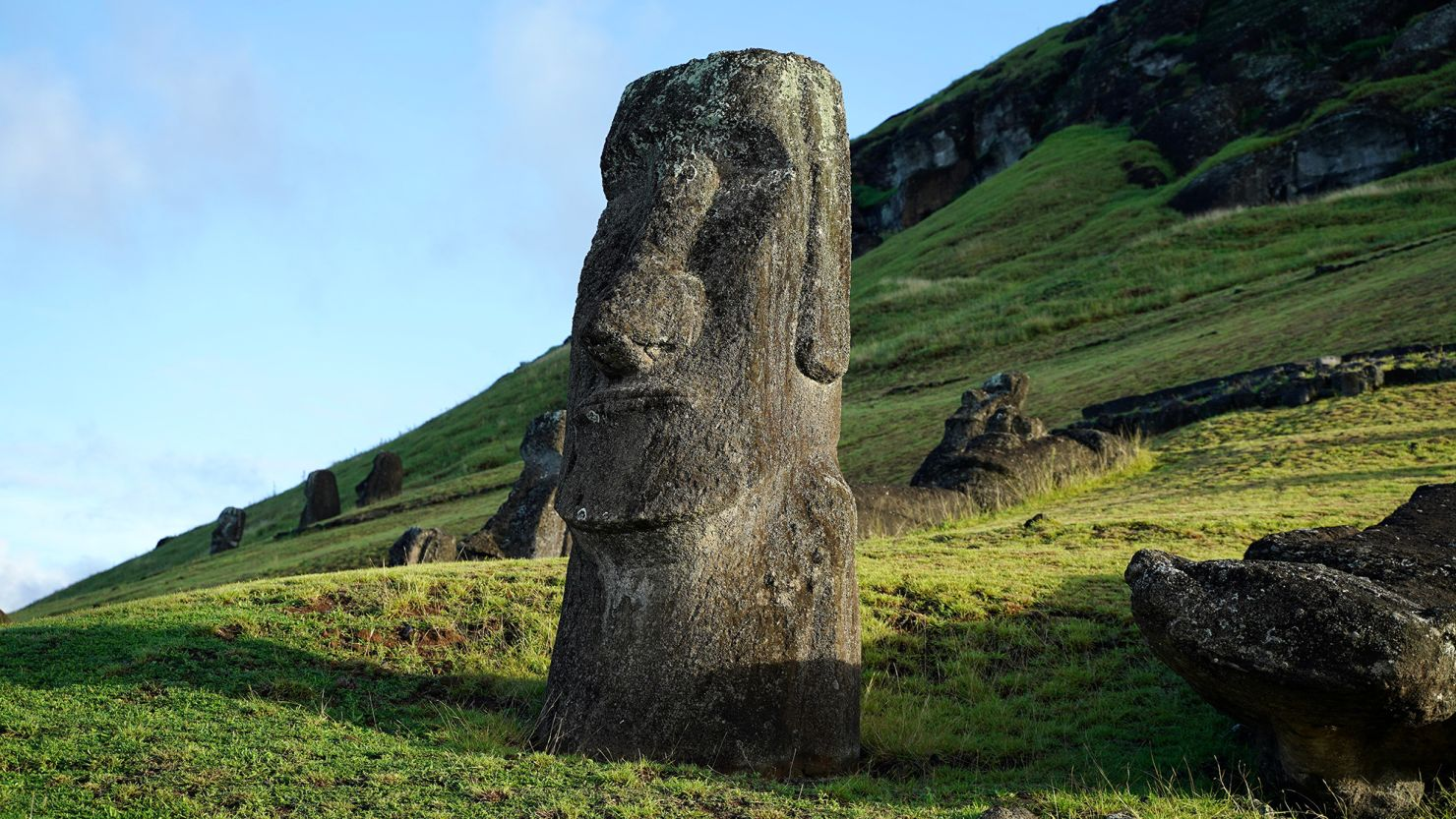New research using ancient DNA has cast doubt on the long-held belief that Easter Island, or Rapa Nui, experienced a catastrophic population collapse due to resource depletion and ecological devastation. The study analyzed the genomes of 15 ancient inhabitants and found no evidence of a significant population decline. Instead, it suggests that the island’s population grew steadily until the 1860s when a third of its people were forcibly removed by Peruvian slave traders.
This new analysis provides a fresh perspective on the island’s history, countering theories like those presented in Jared Diamond’s book Collapse, which linked the island’s supposed societal breakdown to the over-exploitation of resources. Instead, the findings suggest that Rapa Nui maintained a stable society despite its geographic isolation.
Additionally, the DNA evidence indicates that the islanders had contact with Native Americans long before European explorers arrived. The study found genetic traces of South American ancestry in the Rapa Nui population, suggesting Polynesian seafarers reached the Americas between 1250 and 1430. This discovery strengthens the theory that these master navigators, who were among the best in the world, made contact with South America before Columbus.
The study’s coauthor, J. Víctor Moreno-Mayar, and other experts, like Lisa Matisoo-Smith, believe the new evidence supports a more nuanced understanding of Easter Island’s history. This research is part of a growing body of evidence that challenges the narrative of a self-inflicted societal collapse, instead portraying Rapa Nui as a small but sustainable Polynesian society.
The researchers worked closely with the Rapa Nui community and local government institutions to obtain consent for the study, and they hope the findings will facilitate the repatriation of the ancient remains used in the research.












